You will have some reverse leakage current for all diodes, for instance a 1N4001 is specced at \$5\mu A\$ at \$25\circ\$C. But that's not what's happening here.
The more likely culprit is the diode's turn off time. Your diode appears to be a silicon diode from the 0.7V knee, and silicon diodes have a non-negligible switching time, from a some \$ns\$ to several \$\mu s\$ or more (more info). That's exactly what your circuit looks like, as it seems the diode isn't turning off at all when you push it negative, and at 14 or so GHz (where you're at), this becomes VERY significant. For simulation, you'll want to alter your diode model, and if you actually intend to build this, you'll need to pay very careful attention to the type of diode you select.
